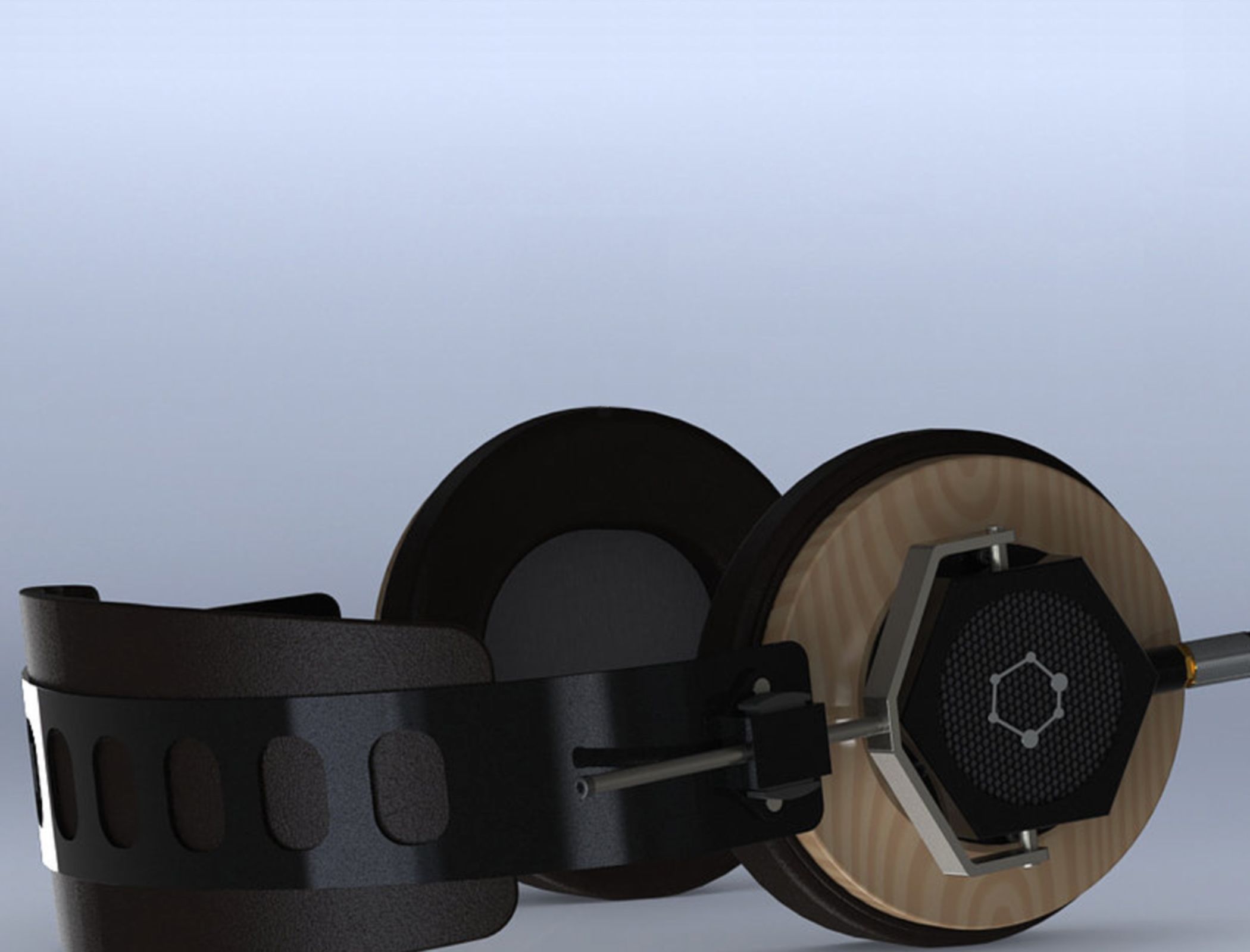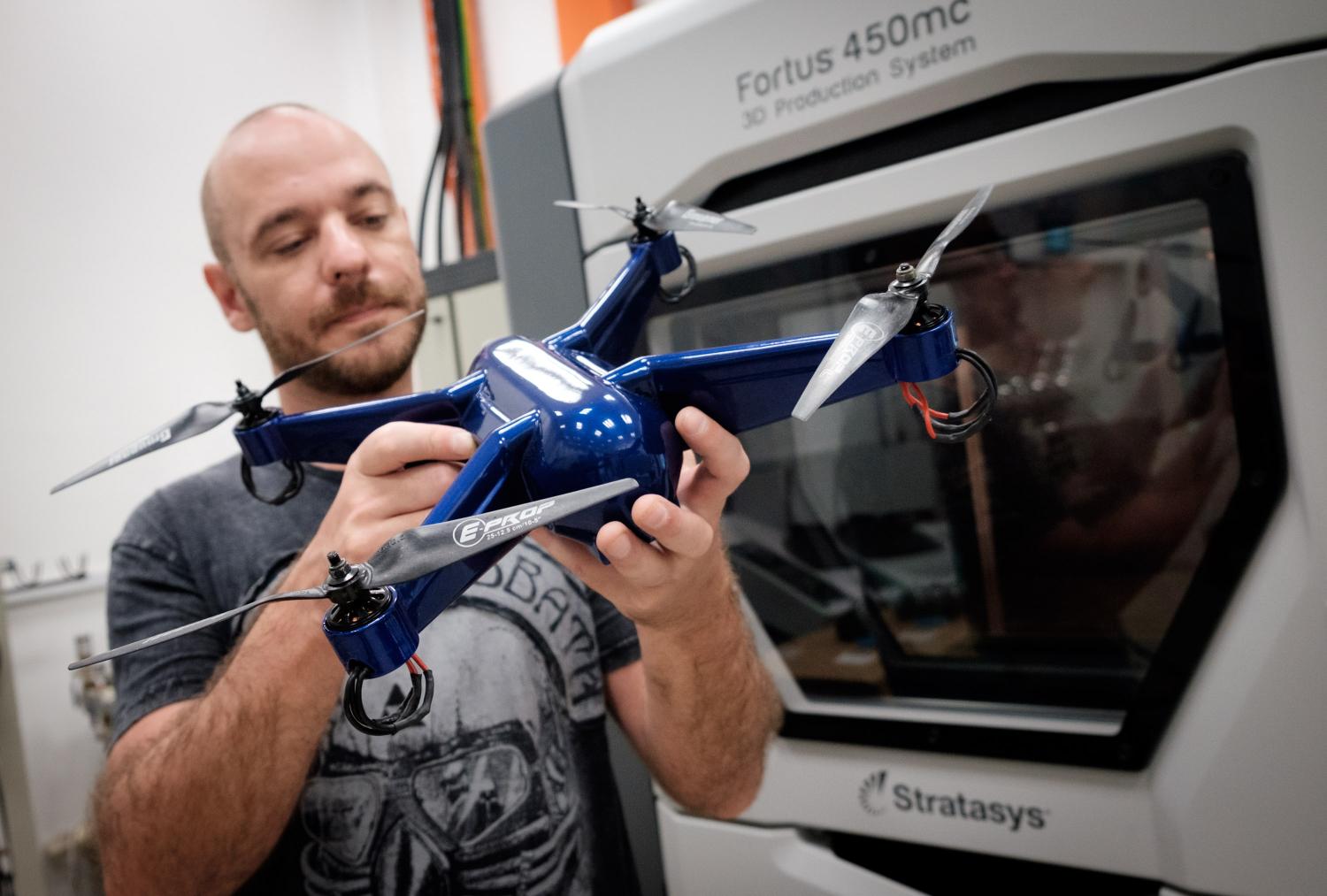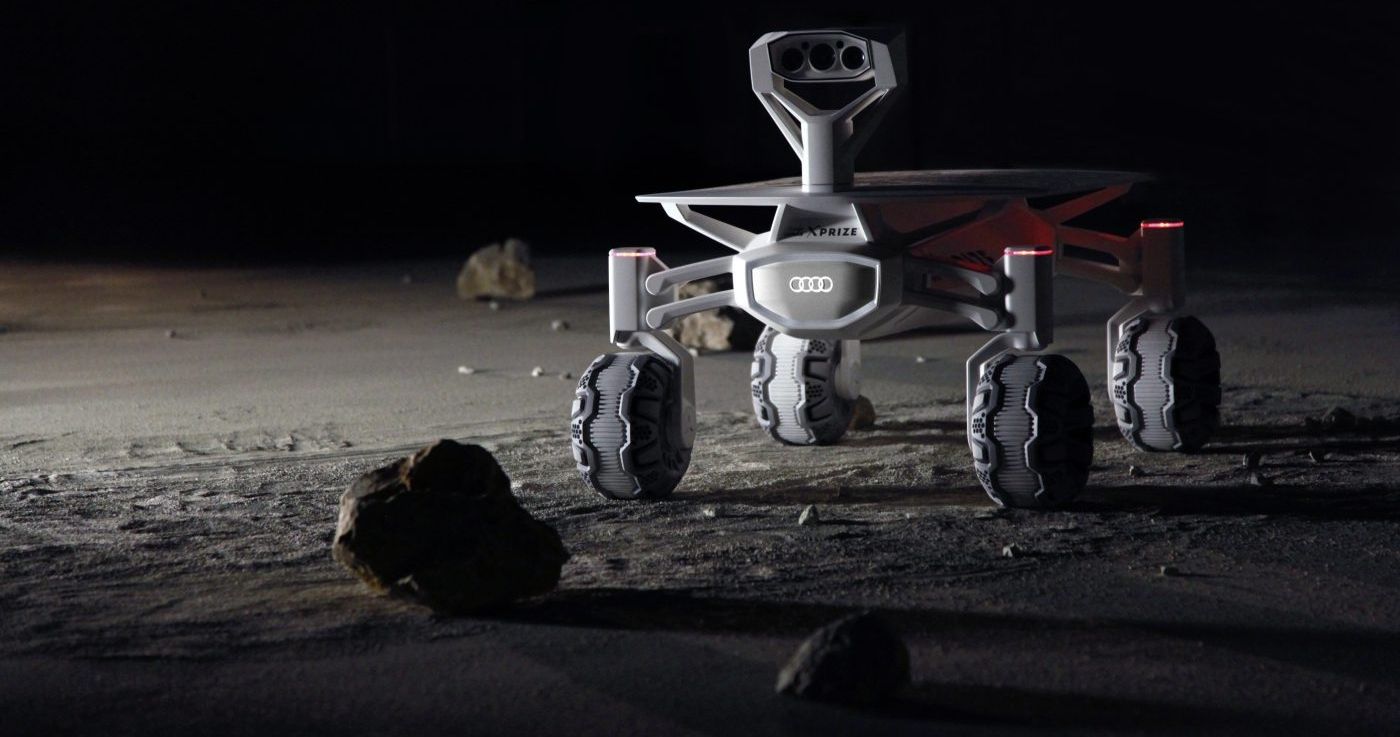Page 10412
Nov 30, 2016
The World of Quantum Computing May Be Closer Than We Thought
Posted by Karen Hurst in categories: computing, quantum physics
Glad others have caught the QC Light. I told so many we’re not 10+ or even 10 years away.
Quantum computing got a big push forward this month as researchers managed to create quantum dot light-emitting diodes (LED’s) that have the ability to produce entangled photons that could be used to encode information. Previously, the highest number of photons known to be entangled at one time was 8, but as of June, that number has now risen to 10.
Nov 30, 2016
Quantum obstacle course changes material from superconductor to insulator
Posted by Karen Hurst in categories: materials, quantum physics
Researchers from Brown University have demonstrated an unusual method of putting the brakes on superconductivity, the ability of a material to conduct an electrical current with zero resistance.
The research shows that weak magnetic fields—far weaker than those that normally interrupt superconductivity—can interact with defects in a material to create a “random gauge field,” a kind of quantum obstacle course that generates resistance for superconducting electrons.
“We’re disrupting superconductivity in a way that people haven’t done before,” said Jim Valles, a professor of physics at Brown who directed the work. “This kind of phase transition involving a random gauge field had been predicted theoretically, but this is the first time it has been demonstrated in an experiment.”
Continue reading “Quantum obstacle course changes material from superconductor to insulator” »
Nov 30, 2016
Nano-materials start-up uses graphene to sweeten loudspeaker response
Posted by Karen Hurst in categories: nanotechnology, particle physics, quantum physics
Want a louder bass or speakers in general get Quantum.
Ora, a Montreal-based tech start-up, has announced that it has developed the first consumer-ready graphene loudspeaker.
The company believes that graphene holds the ideal properties sought after in loudspeaker diaphragms: stiffness (graphene is stronger than diamond) and lightness (graphene is the thinnest known material, one atom thick).
Continue reading “Nano-materials start-up uses graphene to sweeten loudspeaker response” »
Nov 30, 2016
Platform Lets People Train AI Programs To Write Fiction
Posted by Karen Hurst in categories: robotics/AI, transportation
What I have been waiting for; now I can get all of my novels written for me.
Literai is a community that uses neural networks to automate storytelling by computers.

Check out these scifi weapons that actually exist! These futuristic weapons are absolutely mindblowing!
Subscribe For New Videos! http://goo.gl/UIzLeB
Nov 30, 2016
ULTEM 3D printed drone with embedded electronics
Posted by Karen Hurst in categories: 3D printing, drones, military
Nanyang Technological University (NTU) researchers in Singapore have embedded electronics into a 3D printed drone. Using Stratasys’ 3D printers and the advanced ULTEM 9085 material Phillip Keane produced the device as part of the Singapore Center for 3D Printing (SC3DP) at NTU. The quadcopter, it has four propellers, with its impressive construction and embedded electronics is impressive, but still has some way to go to catch up with TERN, DARPA’s military drone currently under development.
Nov 30, 2016
SpaceX Set To ship Audi To The Moon
Posted by Andreas Matt in categories: space travel, sustainability
Audi are joining the electric car market with the Quattro e-tron, expected in 2018, but in the meantime, they have revealed they expect SpaceX to ferry a special vehicle to the moon for them.
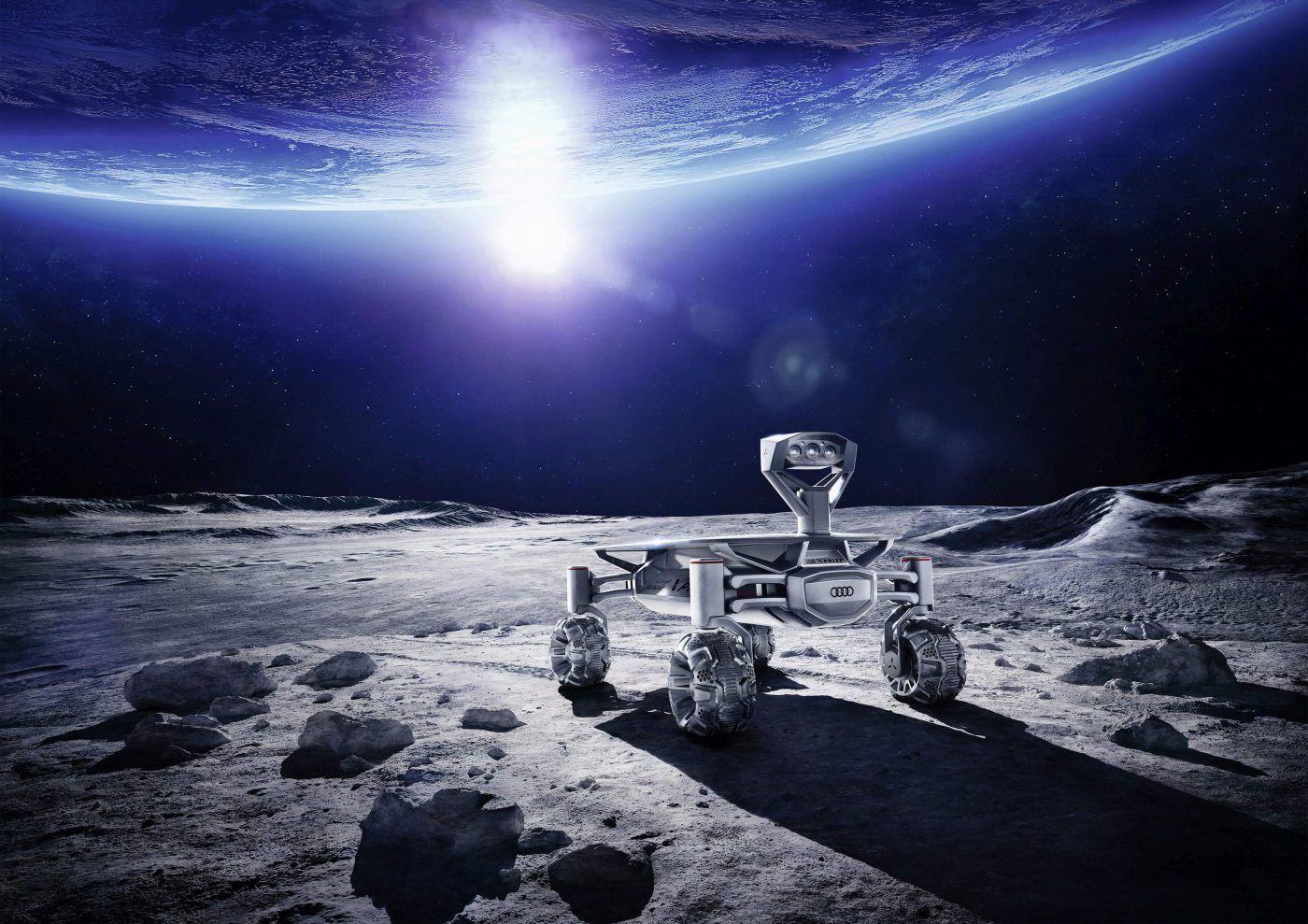
Also Check: Jaguar join the electric car market.
Nov 30, 2016
Mitochondrial Repair Project
Posted by Steve Hill in categories: biotech/medical, genetics, life extension
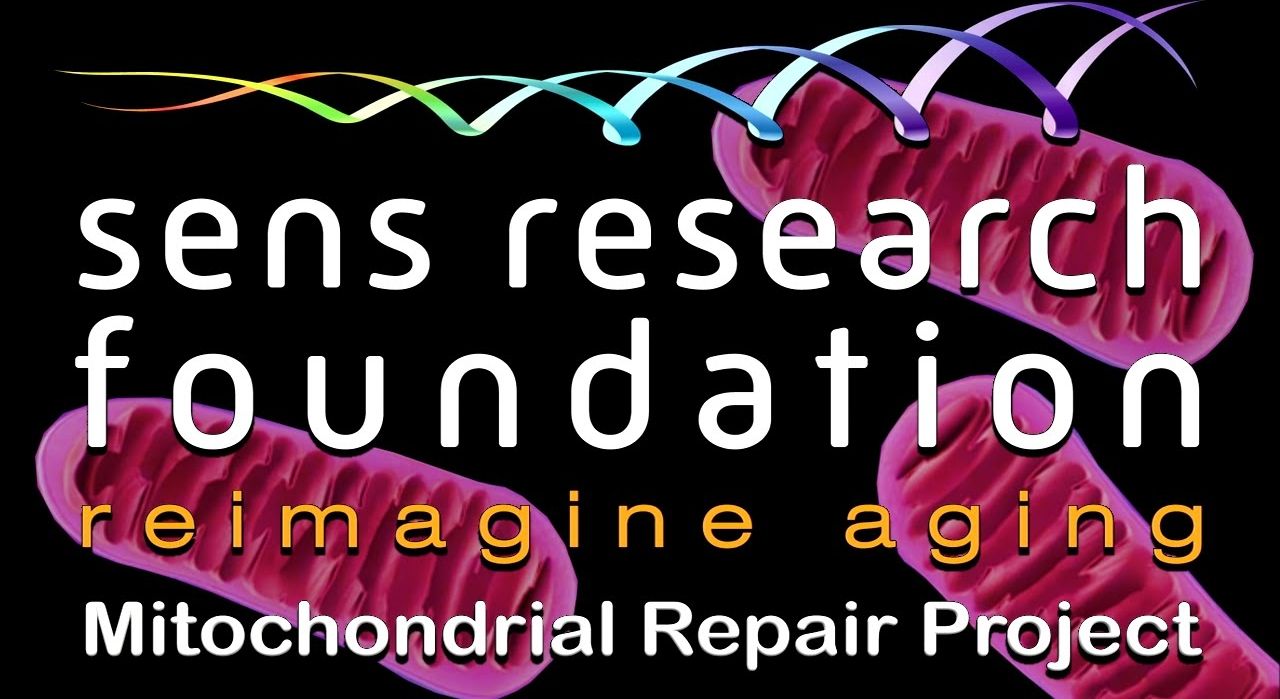
A look back at one of the milestones for SRF and the first successful fundraiser on Lifespan.io for MitoSENS.
We need your support at this critical juncture of the MitoSENS project. The MitoSENS team has already demonstrated the rescue of cells containing mitochondrial mutations, and has recently generated highly promising preliminary data showing the rescue of the complete loss of a mitochondrial gene. Our next steps will focus on improving the effectiveness of the targeting system, so that we can repeat our success with one mitochondrial gene to all thirteen. We will then transition this work into animal models of mitochondrial dysfunction. This would be a crucial step in what may be the development of an eventual cure for aging and aging related diseases.
Nov 30, 2016
NASA unveils a skill for Amazon’s Alexa that lets you ask questions about Mars
Posted by Klaus Baldauf in category: space
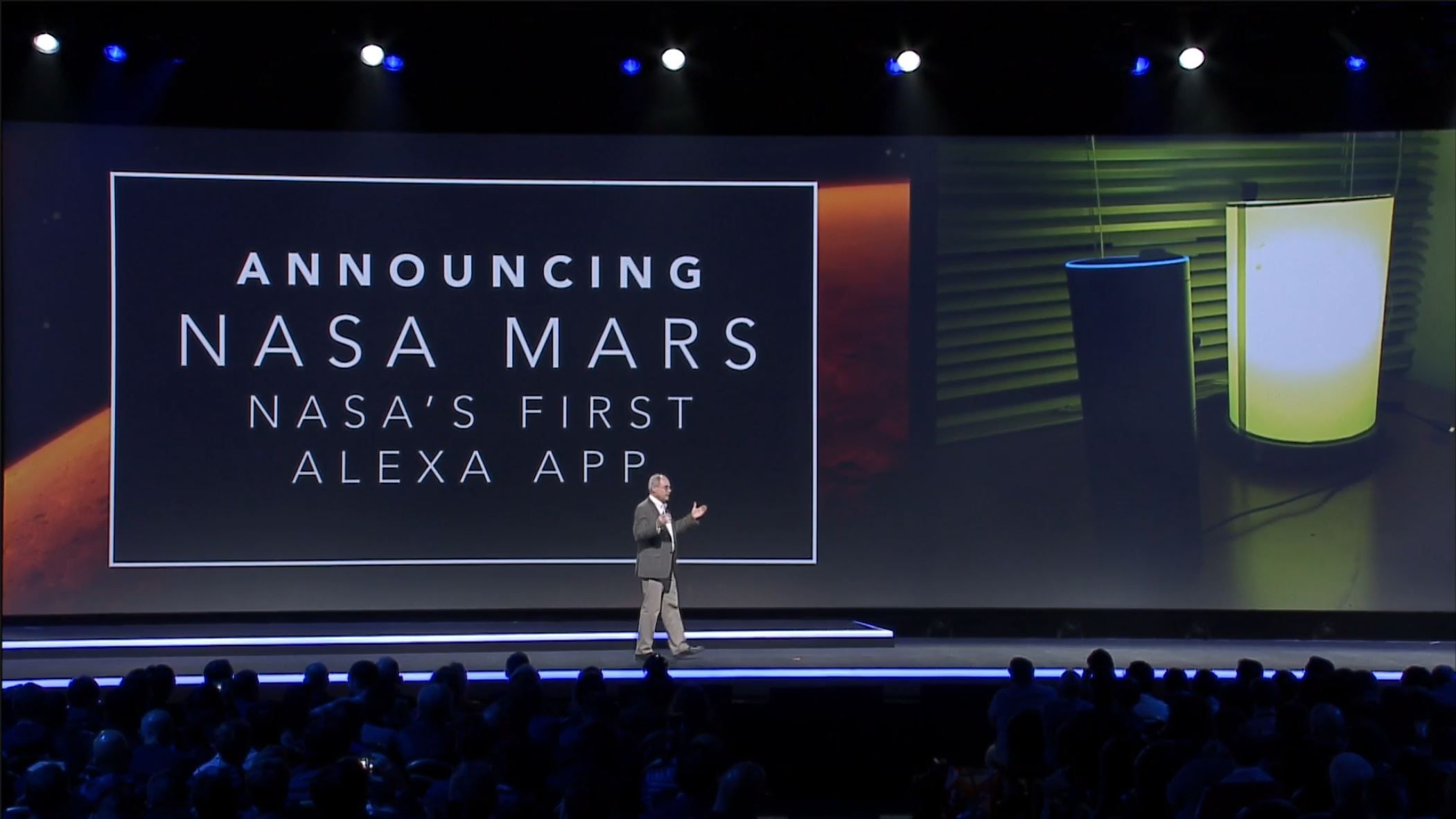
NASA announces their first voice skill for Amazon’s Alexa at the AWS re: invent conference tonight. You’ll be able to ask Alexa questions about Mars.



